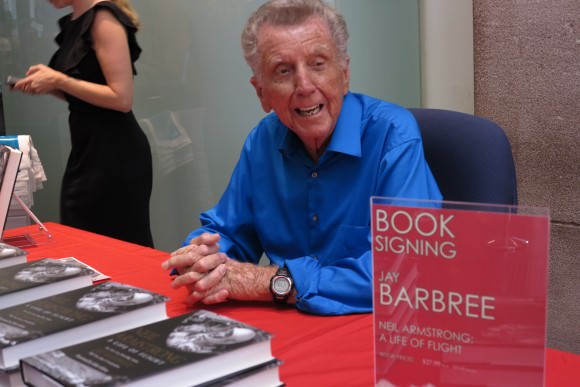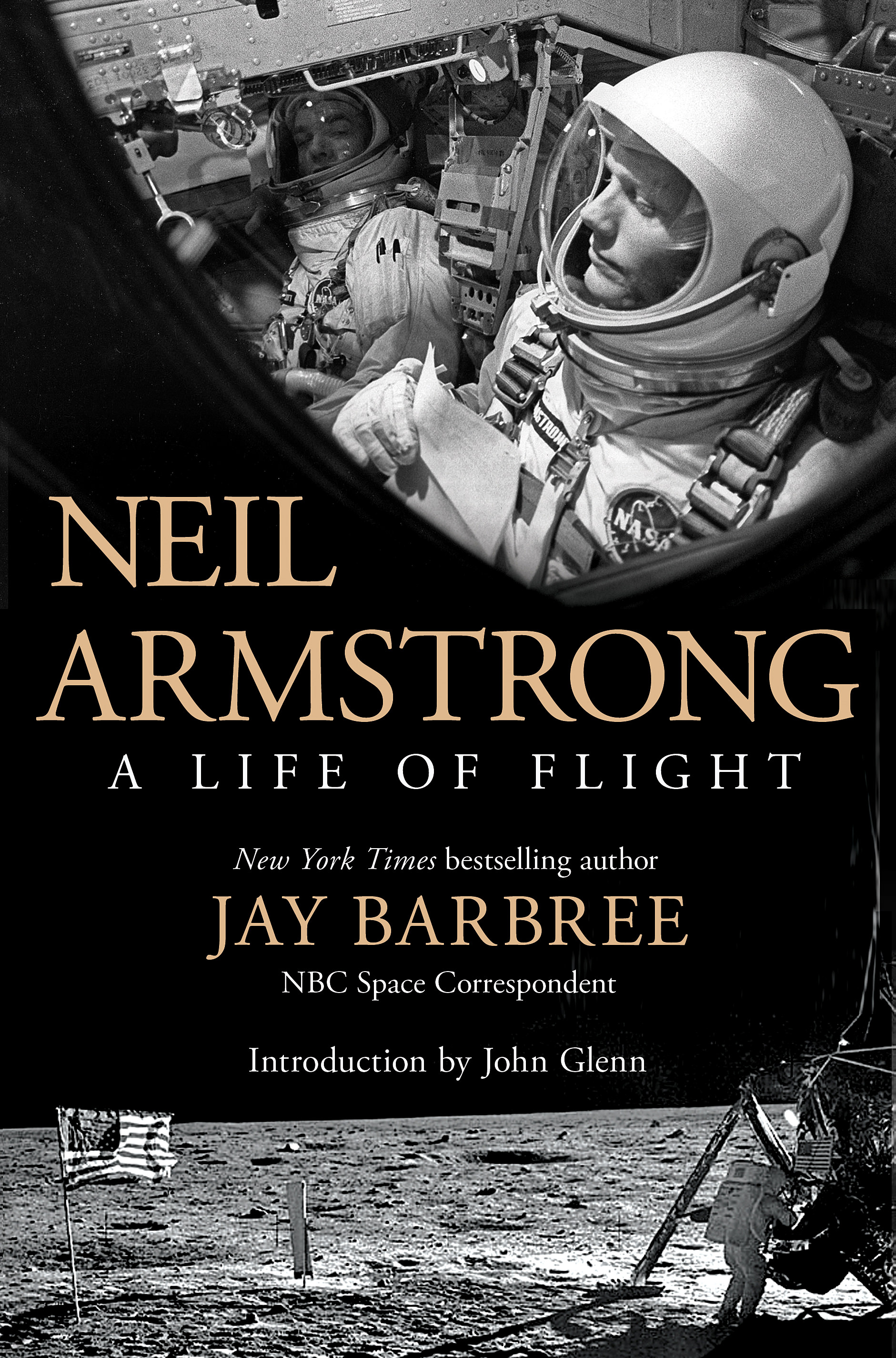Exploring the Moon poses significant risks, with its extreme environment and hazardous terrain presenting numerous challenges. In the event of a major accident, assistance might take days or even weeks to arrive. To address this, Australian researchers have created a distress alert system based upon the COSPAS-SARSAT technology used for Earth-based search and rescue operations. It relies on low-power emergency beacons that astronauts could activate with minimal setup and use a planned lunar satellite network for communication and rescue coordination.
Continue reading “How Could Astronauts Call for Help from the Moon?”‘Insufferable’ Moonwalker Buzz Aldrin Recovering From ‘Record Setting’ Antarctic Expedition Emergency Evacuation
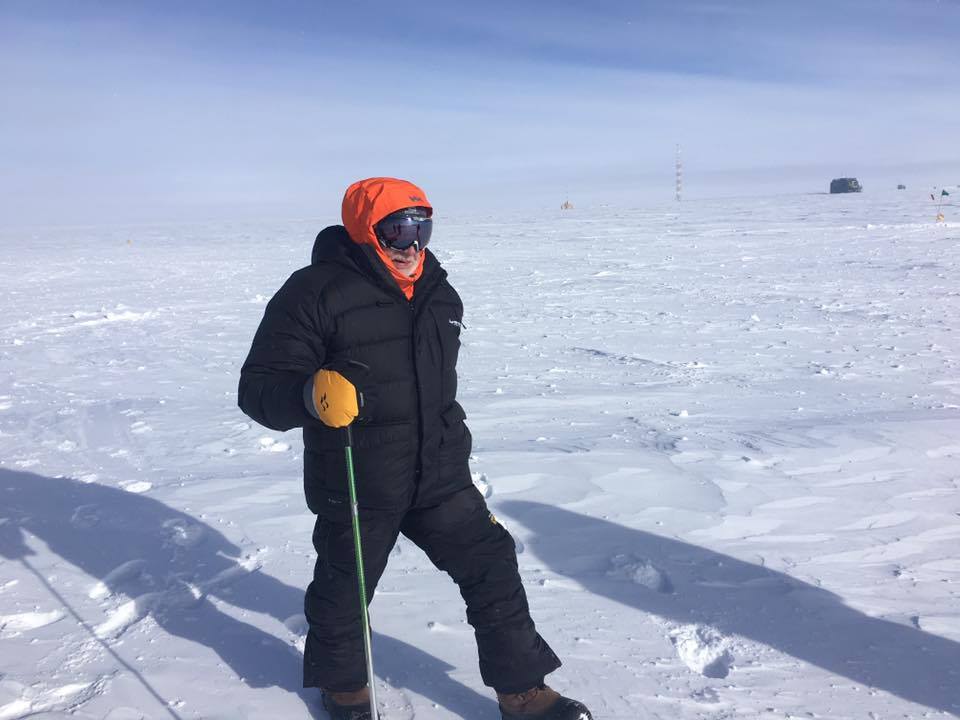

Buzz Aldrin – the second man to walk on the Moon – is recovering nicely today in a New Zealand hospital after an emergency medical evacuation cut short his record setting Antarctic expedition as the oldest man to reach the South Pole – which Team Buzz lightheartly noted would make him “insufferable”!
“He’s recovering well in NZ [New Zealand],” Team Buzz said in an official statement about his evacuation from the South Pole.
Apollo 11 moonwalker Buzz Aldrin, who followed Neil Armstrong in descending to the lunar surface in 1969 on America’s first Moon landing mission, had to be suddenly flown out of the Admunsen-Scott Science Station late last week per doctors orders after suffering from shortness of breath and lung congestion during his all too brief foray to the bottom of the world.
He was flown to a hospital in Christchurch, New Zealand for emergency medical treatment on Dec. 1.
Upon learning from the National Science Foundation (NSF) that Aldrin “now holds the record as the oldest person to reach the South Pole at the age of 86,” his Mission Director Christina Korp jokingly said: ‘He’ll be insufferable now.”
“Buzz Aldrin is resting in hospital in Christchurch, New Zealand. He still has some congestion in his lungs so has been advised not to take the long flight home to the States and to rest in New Zealand until it clears up,” Team Buzz said in an official statement on Dec. 3.
Buzz had been at the South Pole for only a few hours when he took ill, apparently from low oxygen levels and symptoms of altitude sickness.
“I’m extremely grateful to the National Science Foundation (NSF) for their swift response and help in evacuating me from the Admunsen-Scott Science Station to McMurdo Station and on to New Zealand. I had been having a great time with the group at White Desert’s camp before we ventured further south. I really enjoyed the time I spent talking with the Science Station’s staff too,” said Aldrin from his hospital room in a statement.
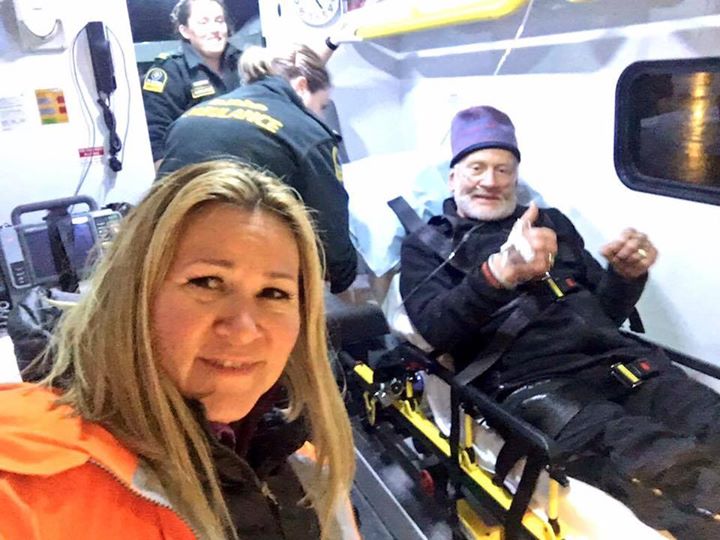
Prior to the planned Antarctic journey, his doctors had cleared him to take the long trip – which he views as “the capstone of his personal exploration achievements”.
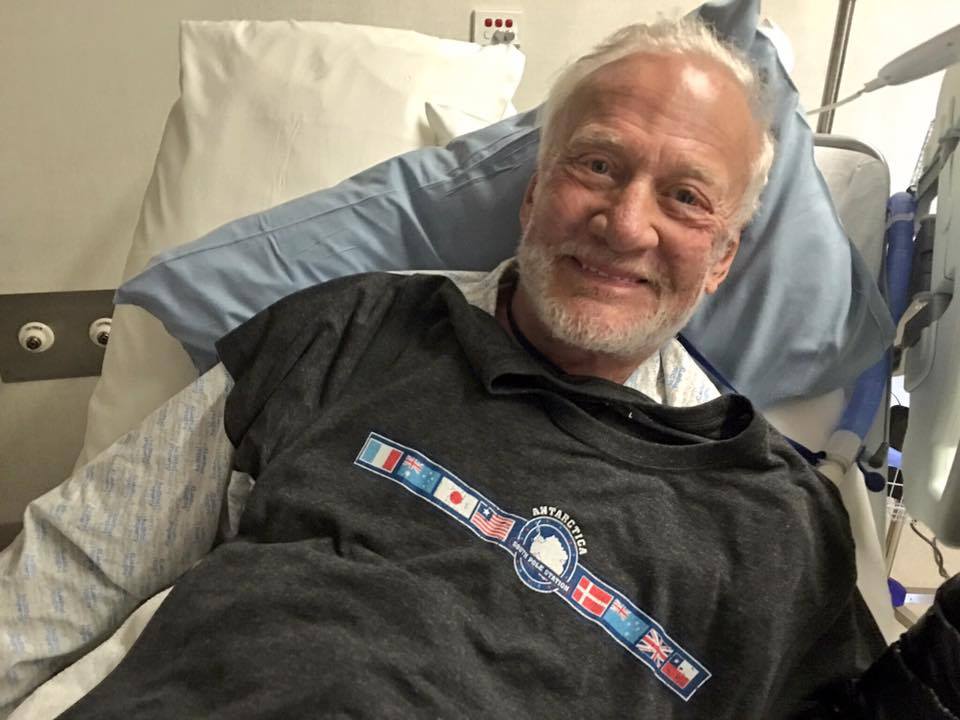
Buzz’s goal in visiting the South Pole was to see “what life could be like on Mars” – which he has been avidly advocating as the next goal for a daring human spaceflight journey to deep space.
“His primary interest in coming to Antarctica was to experience and study conditions akin to Mars that are more similar there than any other place on earth,” Team Buzz elaborated.
He had hoped to speak more to the resident scientists about their research but it was all cut short by his sudden illness.
“I started to feel a bit short of breath so the staff decided to check my vitals. After some examination they noticed congestion in my lungs and that my oxygen levels were low which indicated symptoms of altitude sickness. This prompted them to get me out on the next flight to McMurdo and once I was at sea level I began to feel much better. I didn’t get as much time to spend with the scientists as I would have liked to discuss the research they’re doing in relation to Mars. My visit was cut short and I had to leave after a couple of hours. I really enjoyed my short time in Antarctica and seeing what life could be like on Mars,” Aldrin explained.
Buzz also thanked everyone who sent him well wishes.
“Finally, thanks to everyone from around the world for their well wishes and support. I’m being very well looked after in Christchurch. I’m looking forward to getting home soon to spend Christmas with my family and to continue my quest for Cycling Pathways and a permanent settlement on Mars. You ain’t seen nothing yet!”, concluded Aldrin.
I recently met Buzz Aldrin at the Kennedy Space Center Visitor Complex in Florida, as part of the Grand Opening of the new ‘Destination Mars’ attraction.
Destination Mars is a holographic exhibit at the Kennedy Space Center visitor complex in Florida. Be sure to catch it soon because the limited time run end on New Year’s Day 2017.
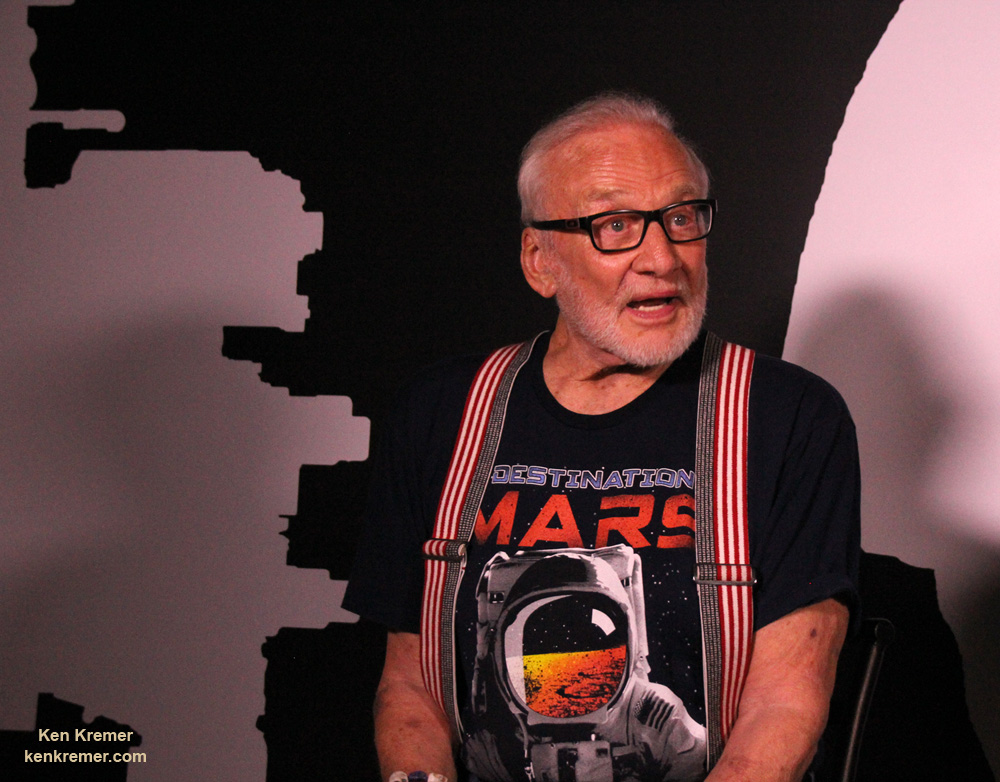
The new ‘Destination Mars’ limited engagement exhibit magically transports you to the surface of the Red Planet via Microsoft HoloLens technology.
It literally allows you to ‘Walk on Mars’ using real imagery taken by NASA’s Mars Curiosity rover and explore the alien terrain, just like real life scientists on a geology research expedition – with Buzz Aldrin as your guide.
Here’s my Q & A with moonwalker Buzz Aldrin speaking to Universe Today at Destination Mars:
Video Caption: Buzz Aldrin at ‘Destination Mars’ Grand Opening at KSCVC. Apollo 11 moonwalker Buzz Aldrin talks to Universe Today/Ken Kremer during Q&A at ‘Destination Mars’ Holographic Exhibit Grand Opening ceremony at Kennedy Space Center Visitor Complex (KSCVC) in Florida on 9/18/16. Credit: Ken Kremer/kenkremer.com
And Buzz seemed quite healthy for the very recent Grand Opening of the new ‘Heroes and Legends’ exhibit on Nov. 11 at the Kennedy Space Center Visitor Complex.
Stay tuned here for Ken’s continuing Earth and Planetary science and human spaceflight news.
………….
Learn more about ULA Delta 4 launch on Dec 7, GOES-R weather satellite, Heroes and Legends at KSCVC, OSIRIS-REx, InSight Mars lander, ULA, SpaceX and Orbital ATK missions, Juno at Jupiter, SpaceX AMOS-6 & CRS-9 rocket launch, ISS, ULA Atlas and Delta rockets, Orbital ATK Cygnus, Boeing, Space Taxis, Mars rovers, Orion, SLS, Antares, NASA missions and more at Ken’s upcoming outreach events:
Dec 5-7: “ULA Delta 4 Dec 7 launch, GOES-R weather satellite launch, OSIRIS-Rex, SpaceX and Orbital ATK missions to the ISS, Juno at Jupiter, ULA Delta 4 Heavy spy satellite, SLS, Orion, Commercial crew, Curiosity explores Mars, Pluto and more,” Kennedy Space Center Quality Inn, Titusville, FL, evenings
Book Review: Neil Armstrong – A Life of Flight by Jay Barbree
“Neil Armstrong – A Life of Flight” is a thoroughly enjoyable new biography about the first human to set foot on the Moon on NASA’s Apollo 11 mission written with gusto by Emmy winning NBC News space correspondent Jay Barbree.
Jay Barbee is a veteran NBC News reporter who has covered America’s manned space program from the start. And he has the distinction of being the only reporter to cover every single American manned space launch – all 166 from Alan Shepard in 1961 to STS-135 in 2011 – from his home base at the Kennedy Space Center in Florida allowing him to draw on a wealth of eyewitness experiences and inside contacts.
The book’s publication coincides with the 45th anniversary of the Flight of Apollo 11 on America’s first manned moon landing mission in July 1969 by the three man crew comprising Commander Neil Armstrong, fellow moonwalker and Lunar Module Pilot Buzz Aldrin and Command Module pilot Michael Collins.
It’s a meticulously researched book over five decades in the making and based on personal interviews, notes, meetings, remembrances, behind the scenes visits, launches and more between Neil Armstrong and his trusted friend Jay Barbree as well as hordes more officials and astronauts key to achieving NASA’s spaceflight goals.
He won that trust because the astronauts and others trusted that he would get the story right and never betray confidences, Jay told me in an interview about the book.
“This is really Neil’s book. And it’s as accurate as possible. I will never reveal something Neil told me in confidence. But there is far more in this book about Neil than he would have liked.”
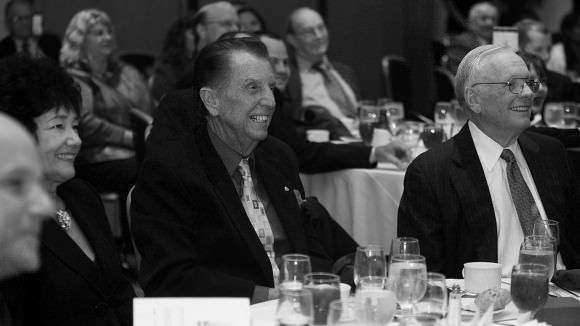
There is a six page list of acknowledgments and the forward is written by no less than John Glenn – the first American to orbit the Earth in 1962.
Barbree is a master story teller who amply illustrates why NASA felt Armstrong was the best candidate to be 1st Man on the Moon based on his extraordinary intellect, piloting skills, and collected coolness and clear thinking under extraordinary pressure.
Armstrong also always shied away from publicity and bringing attention to himself, Barbree told me.
“Neil did not think he was any more important than anyone else. Neil wanted to do a book about a life of flight. But he wanted everyone else included.” And that’s exactly the format for the book – including Armstrong’s colleagues in words and pictures.
On July 21, NASA officially renamed a historic human spaceflight facility at the Kennedy Space Center in honor of Mission Commander Neil Armstrong – read my story here.
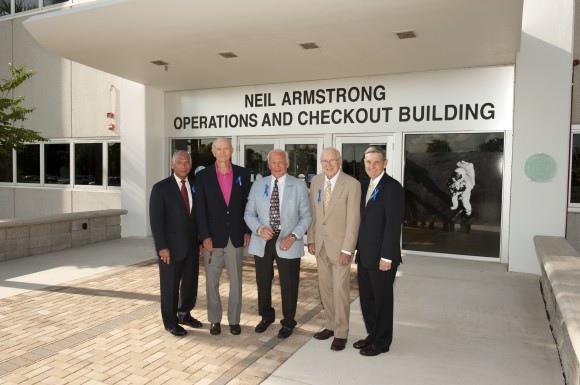
Barbree details Armstrong’s lifetime of flight experiences that led to the ultimate Moon landing moment; starting with his early experiences as a Korean war combat pilot and bailing out of a crippled Panther F9F fighter plane, flying the X-15 to an altitude of 39 miles and the edge of space as a NASA test pilot, his selection as a member of the second group of astronauts on September 17, 1962, his maiden space mission on Gemini 8 which suddenly went out of control and threatened the crews lives, and finally the landing on the Sea of Tranquility with only 30 seconds of fuel remaining.
“Neil Armstrong – A Life of Flight” is a book for anyone interested in learning the nitty gritty inside details starting from the founding of America’s space effort, the trials, tribulations and triumphs of the earlier Mercury and Gemini manned programs, the terrible tragedy of the Apollo 1 fire and death of three brave Americans – Gus Grissom, Ed White and Roger Chaffee – and how all this swirl lead up to America’s determined and miraculous effort recounting how we got to the Moon. Go elsewhere for gossip.
This hefty 350 page volume is absolutely chock full of details including copious quotes on virtually every page. So much so that Barbree brings the along reader for what seems like a firsthand account. It’s as though he were a fly in the room listening in on history being made and transcribing it second by second or as an actual crew member riding along himself and reporting ultimately from aboard Apollo 11 and the Moon’s desolate surface.
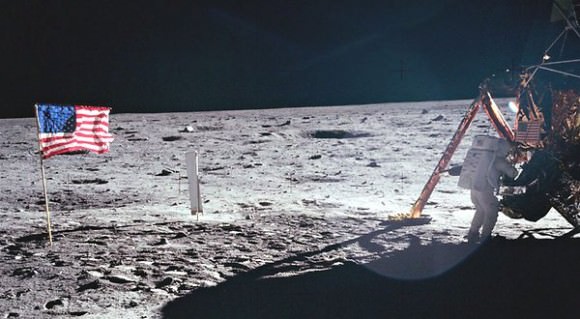
Barbree does this by putting into context the full meaning and breadth of what’s happening on a moment by moment basis. Giving you the reader a complete understanding of what, why and how these history making events transpired as they did.
I found his background information endlessly illuminating and informative ! – precisely because it’s not merely a transcription of dialogue.
Concerning the mild controversy regarding Armstrong’s actual first words spoken from the lunar surface, here’s excerpts from how Jay tells the story on p. 263:
“He had thought about one statement he judged had meaning and fit the historic occasion …. Neil had not made up his mind … he was undecided until he was faced with the moment.
Armstrong then lifted his left boot .. and set it down in moon dust.
“That’s one small step for man,” Neil said with a momentary pause. “One giant leap for mankind.”
What most didn’t know was that Neil had meant to say, “That’s one small step for a man,” and that set off an argument for years to come. Had a beep in transmission wiped it from our ears or had Neil nervously skipped the word?
Knowing Neil’s struggles with public speaking, I believe the latter, and with all the excitement … I’ve never been convinced Neil knew himself for sure,” Barbree wrote.
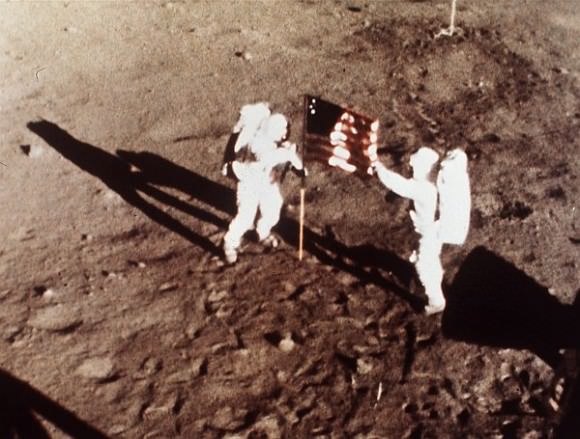
Towards the books conclusion, he writes of Armstrong; “No greater man walked among us. No better man left us informed answers. Neil taught us how to take care of our Earth-Moon system.”
I also enjoyed towards the end of the book where Jay includes Neil’s disappointment that we haven’t ventured beyond Earth orbit in over 4 decades and includes Neil’s personal testimony to Congress so we learn the detail of Armstrong thoughts – in his own words.
“I am persuaded that a return to the moon would be the most productive path to expanding the human presence in the solar system.”
Jay also pinpoints why we haven’t returned to the Moon; “lack of vision for the future” by Congress and Presidents “have kept astronauts locked in Earth orbit.”
It’s been my privilege to get to know Jay during my own space reporting from the press site at the Kennedy Space Center and interview him about his magnificent new book.
Read Jay Barbree’s new 8 part series of 45th anniversary Apollo 11 stories at NBC News here:
Morning on the Moon: Apollo 11 Showed How Far We Could Go
Armstrong passed away unexpectedly at age 82 on August 25, 2012 due to complications from heart bypass surgery. Read my prior tribute articles: here and here
Despite Armstrong’s premature passing, Barbree told me he had completed all the interviews.
“There isn’t anything that comes to mind about Neil Armstrong that I didn’t get to ask him,” Barbree told me.
Read my 45th Apollo 11 anniversary articles here:
Apollo 11 Splashdown 45 Years Ago on July 24, 1969 Concludes 1st Moon Landing Mission – Gallery
Cygnus Commercial Resupply Ship ‘Janice Voss’ Berths to Space Station on 45th Apollo 11 Anniversary
Read my story about the deep sea recovery of the Apollo 11 first stage F-1 engines in 2013 – here.
Jay Barbree is on a book signing tour and you might be lucky to catch him at an event like a colleague of mine did at the Smithsonian National Air & Space Museum recently. See photo below.
Stay tuned here for Ken’s Earth & Planetary science and human spaceflight news.
